Table of Contents
Introduction
Regarding the miraculous world of workplace relationships, the Performance Improvement Plan (PIP) is one of the most critical tools that provide opportunities to employees for professional development and increase organizational efficiency. As a one-time solution intended to offer a specific structure to an underperforming employee and help them become more productive, a PIP is also a tool that measures productivity and brings it higher.
Did You know?
Organizations that effectively measure employee productivity experience a 21% increase in profitability compared to those that do not.
Feedback plays a pivotal role when assessing workers’ efficacy on the PIP. It’s not just a blend of opinions and compliments but a crucial tool for recognizing figures and weighing performance indicators. This active participation in the feedback process guarantees satisfactory and excellent performance by individuals, leading to a culture of improvement and success within the organization.
Let’s delve into the strategies and insights needed to assess an employee’s performance on PIP. From setting organizational performance benchmarks to fostering a culture of competence, performance management is all about unlocking the full potential of each individual. This approach not only optimizes organizational performance but also inspires employees to bring their best to the table.
What Is A Performance Improvement Plan (PIP)?
A PIP, or performance improvement plan, is a documented management plan adopted by organizations to address employee poor performance.
Its purpose is to offer practical structure to employees who perform poorly or are unable to fulfill duties and productivity expectations.
The term PIP stands for Performance Improvement Plan, which assists the employee in focusing on personal development or areas for improvement and provides all materials that can enable him/her to achieve the intended performance.
Key Components of a PIP:
Timeline
PIPs are usually time-bound, usually 30 to 90 days, and the employee is expected to perform as targeted during the time frame averted by the PIP.
Support and Resources
Employees have the right to receive the proper assistance, facilities, and instructions from their employers to reach their objectives.
Monitoring and Evaluation
During the PIP process, the employee’s performance is monitored, and meetings are usually held to determine whether the set goals are on track.
Decision Point: After the PIP period, the supervisor decides on the employee’s performance in light of the improved performance. If the employee has worked within that position for the required years, they can continue working. If not, other measures could be initiated in addition to the above response.
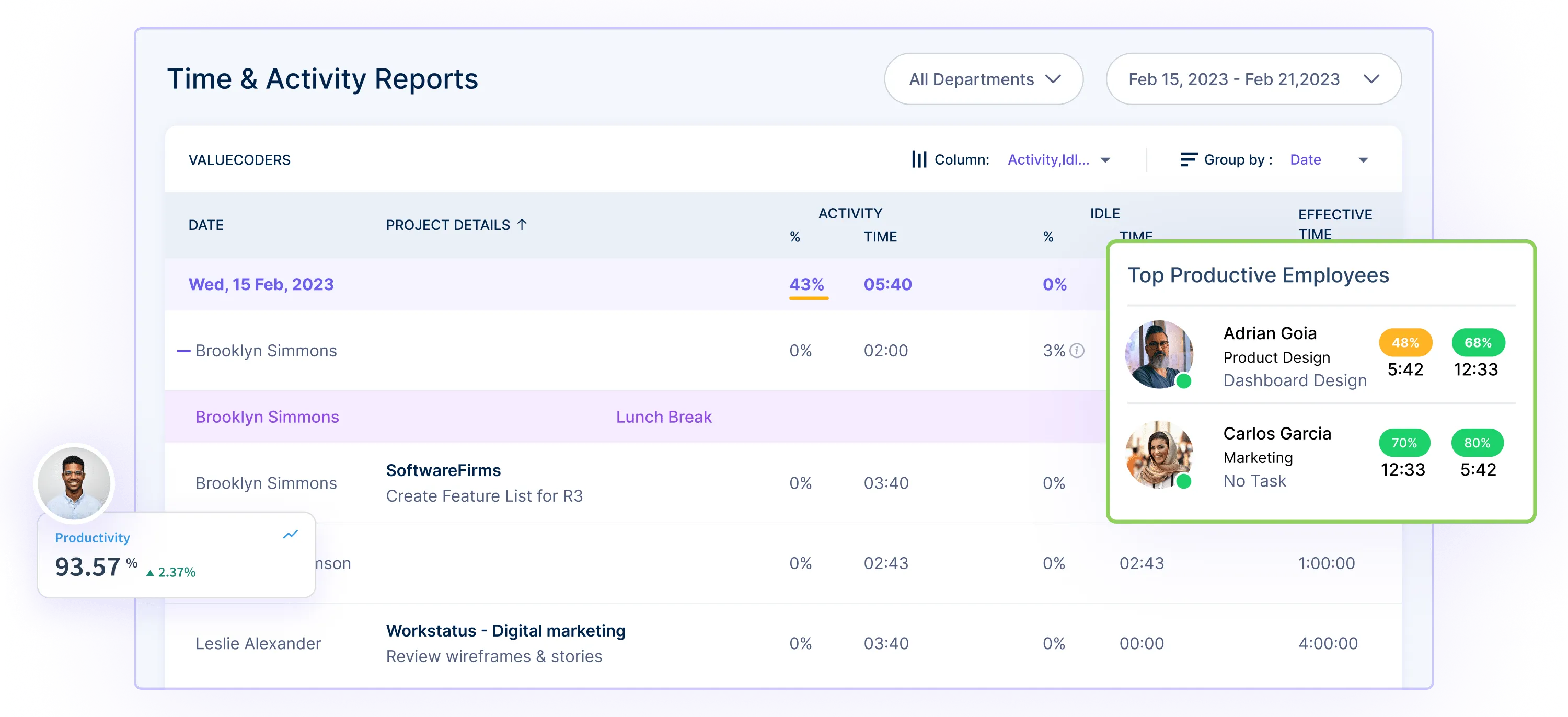
This blog will help you better understand how to measure the productivity of an employee on a PIP effectively.
Top 3 Benefits of Performance Improvement Plan (PIP)
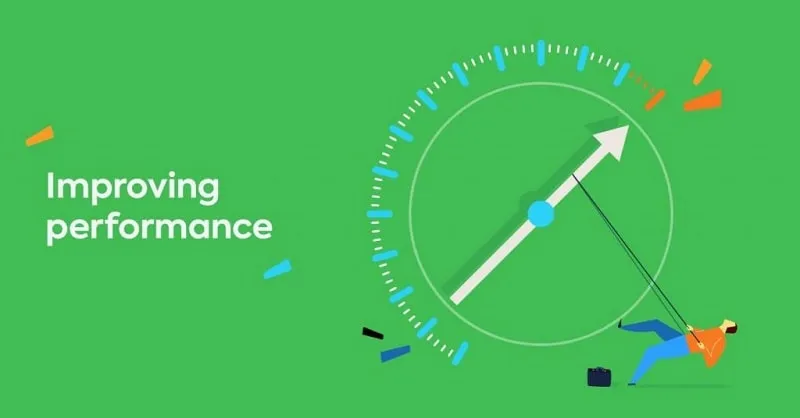
Source: TalentLMS1
1. Enhances individual performance
PIP is a great way to enhance individual (underperformer) performance by providing employees with meaningful goals, guidance, and feedback on their progress.
The PIP helps employees understand their responsibilities and set goals aligning with the company’s objectives.
It also provides employees with regular feedback on how they are doing and offers coaching support from supervisors.
2. Improves company culture
It holds that performance improvement plans can be applied to create progressive improvements in a corporate culture because the company can give directions and expectations to employees whose performance lacks distinction instead of firing them. This enables companies to take precautions in acknowledging opportunities for improvement while fostering responsible and constructive personnel.
Moreover, templates enhance working relationships among staff members, thus improving workplace efficiency.
This can increase employee job satisfaction and improve the company’s health.
3. Facilitates more efficient workflows
PIPs can contribute to stabilizing streams of organizational work by laying down goals and pragmatic schema.
They also help organizations discover deficiencies in the current flow of activities and explore options to improve them.
PIPs also motivate employees to assume more responsibilities and work harder towards the company’s goal; hence, the whole organization can achieve its goals and objectives within a shorter period.
What To Include In A Performance Improvement Plan (PIP)?
After conversing with the worker, their manager should create a preliminary performance improvement outline and forward it to Human Resources for evaluation.
Below Infographics depicts major points that you should include in a performance improvement plan:

How To Create An Effective Performance Improvement Plan (PIP)?
A successful PIP should focus on attainable goals, set achievable timelines, and document progress and setbacks. Here is a step-by-step procedure for writing a PIP:
Assess
Start with evaluating the key performance problems.
Add questions to the list that may need further clarification. Seek advice from supervisors and coworkers, and review the previous job description or appraisal documents if necessary.
Define
To achieve this, set specific, measurable, achievable, and relevant targets, including time frames for the expected result.
These should be set to target areas of weakness and offer the individual adequate opportunity for growth within his discretion.
Support
Determine if the employee requires any additional resources or support to achieve the goals outlined in the PIP, including training or the appointment of a mentor or coach.
Set targets whereby completion can be assessed at several points during the plan’s execution and pointers on what requires enhancement at every phase of the plan.
Communicate
Ensure all stakeholders are aware of the expectations during this process and stay as clear as possible about any changes to the plans or timeframes toward preferred results. This process also fosters good relations between employees and management because the two sides can easily work toward achieving organizational goals instead of developing ill feelings resulting from misunderstanding.
Review & Revise
Finally, create a system to monitor progress towards improvement goals so that you can check in with employees periodically and ensure they’re meeting expectations on schedule. It will also provide feedback if additional help or guidance is needed during the process.
Follow-up question: How to measure the productivity of employees on PIP?
Read the next section to know the answer;
Top 5 KPIs To Measure Productivity Of Employees On PIP
1. Average Performance Rating (APR)
APR allows employers to measure and evaluate the effectiveness of an employee’s performance and identify areas that may need improvement.
It is important for employers to set realistic expectations, provide timely feedback and support, and reward outstanding performances when calculating this metric.
2. On-Time Completion Rate
The On-Time Completion Rate is an effective Key Performance Indicator (KPI) to measure employees’ productivity on PIP.
This metric is calculated by determining the number of projects completed in the assigned time frame and comparing it with the total number of projects initiated during that period.
It also measures how well the team and individual members perform against deadlines.
Furthermore, it provides insight into the processes that can be improved or implemented to enable future project completion within deadlines.
3. Quality of Work
Quality of work includes evaluating the quality of the work done by the employee. Some of the aspects include accuracy, time, speed, and the like. It also enables qualitative assessment of work performance and reveals problems that must be solved to optimize productivity and efficiency.
4. Attendance and Punctuality
The attendance KPI was calculated as the number of days the employee went to work in the month, and the punctuality KPI was the percentage of times he or she arrived at work on time or earlier than the required time.
These two KPIs are useful for evaluating employee productivity because good attendance and punctuality are crucial factors that employees should meet to complete their work successfully.
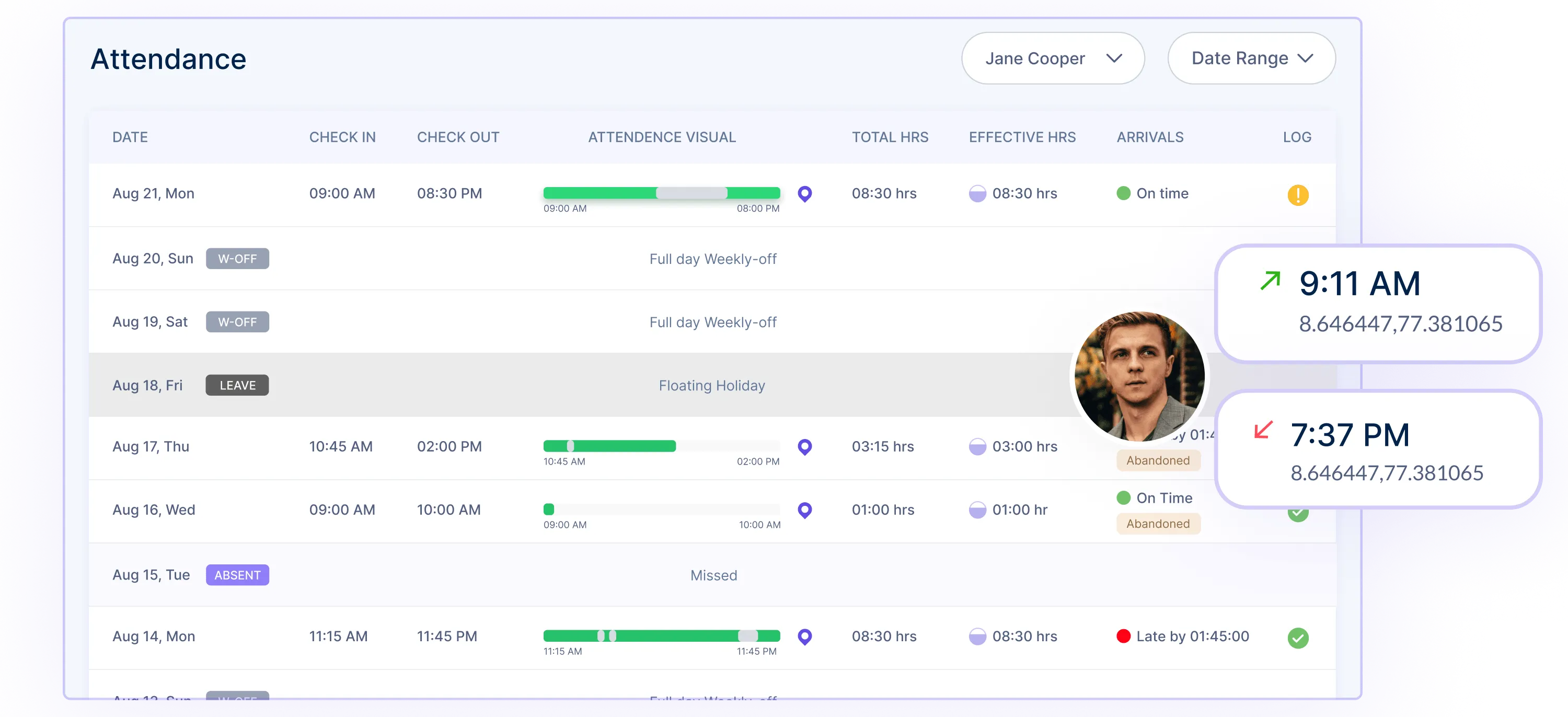
5. Employee Engagement Score
The employee engagement score is a great KPI to measure employees’ productivity on PIP. It measures how emotionally committed and engaged employees are in their work, tasks, and objectives.
This score helps identify whether the employees have a sense of purpose, job satisfaction, and motivation.
Employee engagement scores can be monitored through various activities, such as surveys, interviews, observations, etc., to help managers assess the effectiveness of their management strategies.
You must be thinking.
Is there any way to automate the productivity management of employees on PIP?
The answer is Yes.
Read the upcoming section to find your answer.
How Workstatus Helps In Measuring Employee Productivity?
Workstatus, a versatile employee productivity management tool, offers several features that can significantly aid employers in successfully executing Performance Improvement Plans (PIPs) for their employees.
Here’s how some of its key features can prove beneficial:
1. Active Screenshots
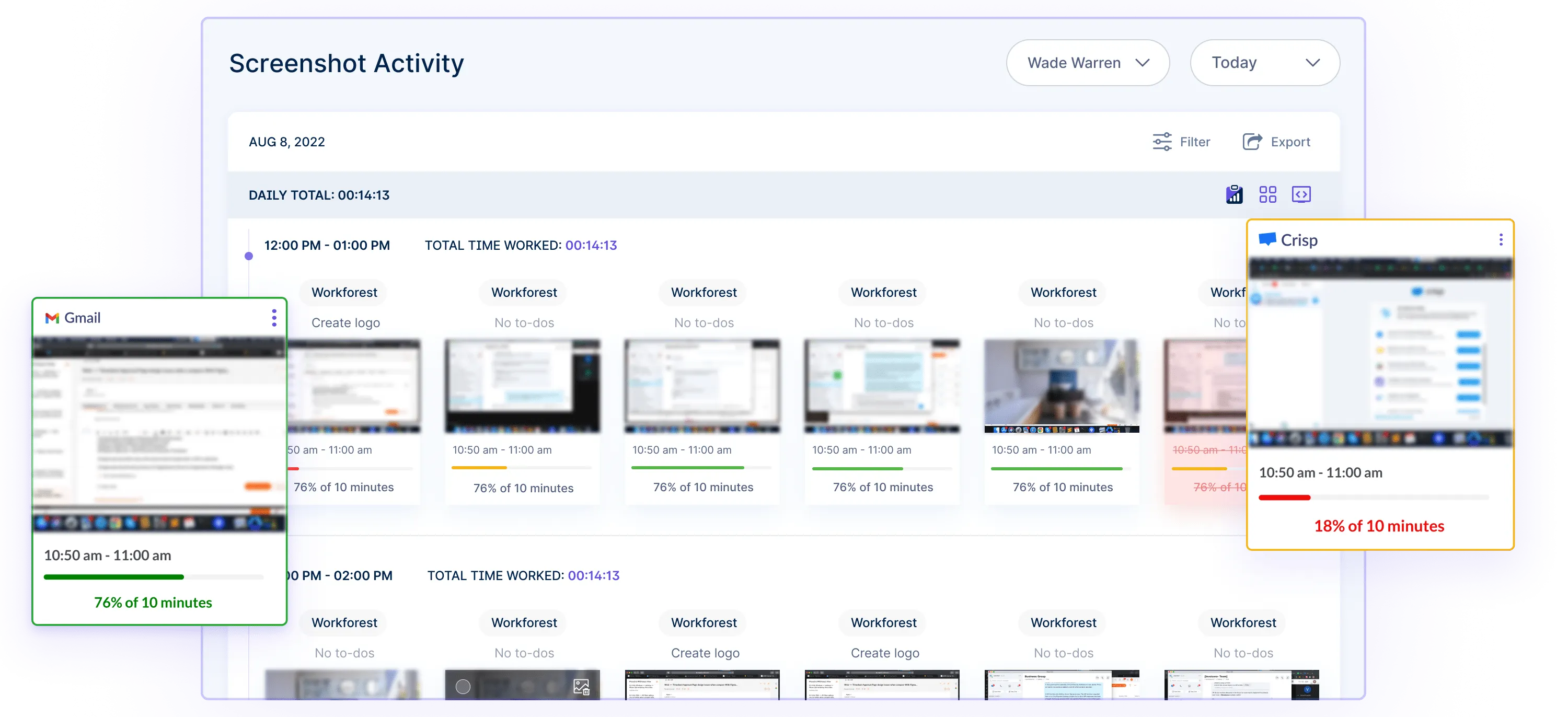
- Monitoring Employee Engagement: Workstatus allows employers to capture active screenshots at regular intervals, providing insight into the employees’ level of engagement with their tasks.
- Evidence-Based Assessments: Employers can use these screenshots to evaluate the quality of work objectively and whether the employee is following the PIP guidelines.
- Identifying Improvement Areas: Employers can pinpoint areas where employees may struggle or require additional support, aiding in tailored assistance.
2. Time & Productivity Reports
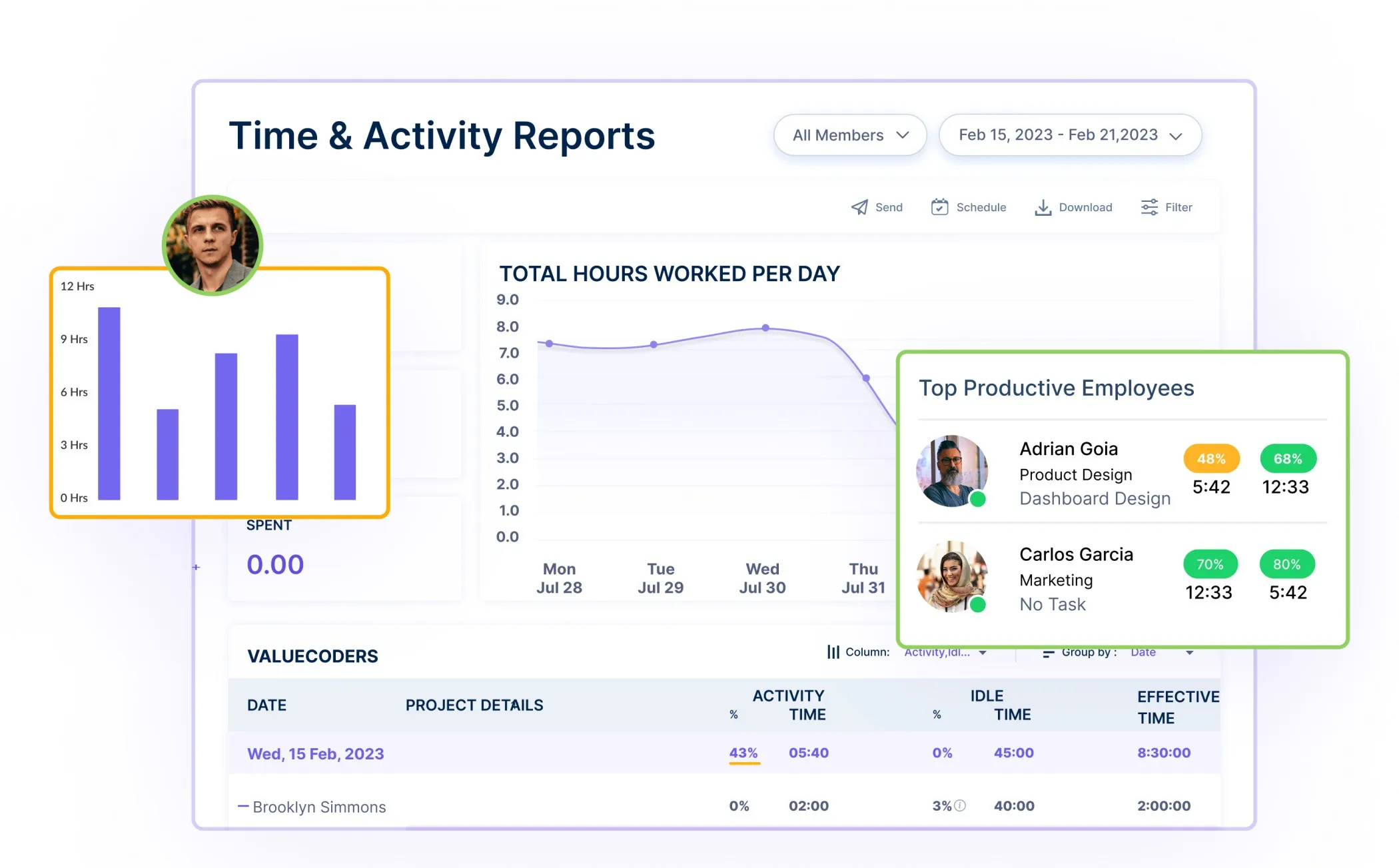
- Performance Metrics: Employers provide the Workstatus app with detailed time and productivity records that help describe an employee’s working hours.
- Goal Alignment: Employers can then evaluate employee activity based on the outlined goals of the PIP plan to determine alignment with objectives.
- Progress Tracking: These reports help an employer check an employee’s performance on a PIP to ensure the employee is making progress.
3. Activity Tracker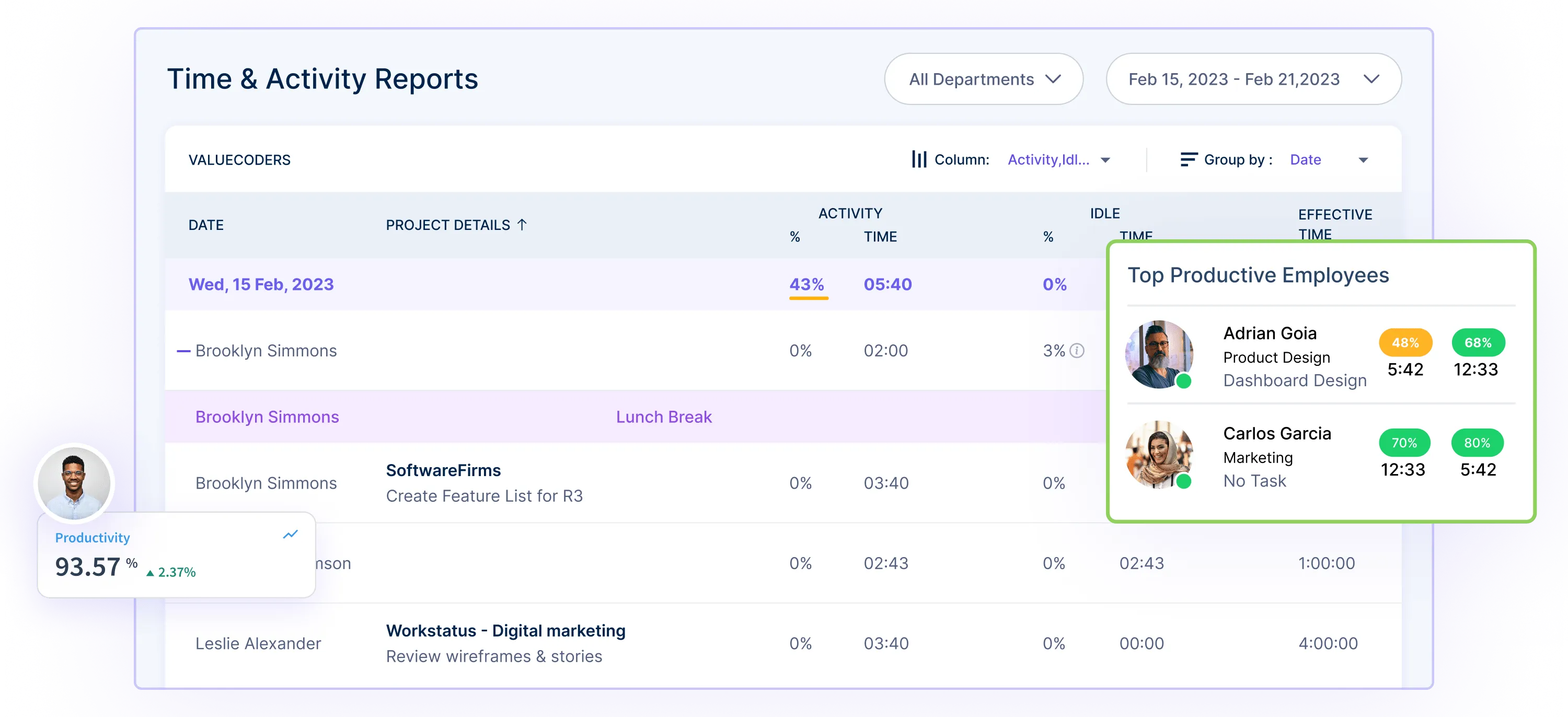
- Real-Time Monitoring: The range of options is vast; first, employers can use the activity tracker to see the latest activity of employees, including which websites and applications they are using.
- Accountability: It makes the employees more accountable by forcing them to comply with the policies mentioned in a PIP.
- Data-Driven Feedback: Since the activities are recorded, employers can provide an account of their performance and useful feedback that focuses more on the defects to be improved.
4. Attendance Tracking:
- Streamlined Record-Keeping: Workstatus allows valuable attendance tracking, making it easier to record the working hours and attendance records of employees.
- Compliance Assurance: Organizations can ensure that people under the PIP stick to their timetable to increase accountability to the plan.
- Data for Evaluation: Absence information is useful in determining an employee’s level of commitment to an improvement plan and whether they can always be relied on to report to work.
5. iOS and Mobile Apps:
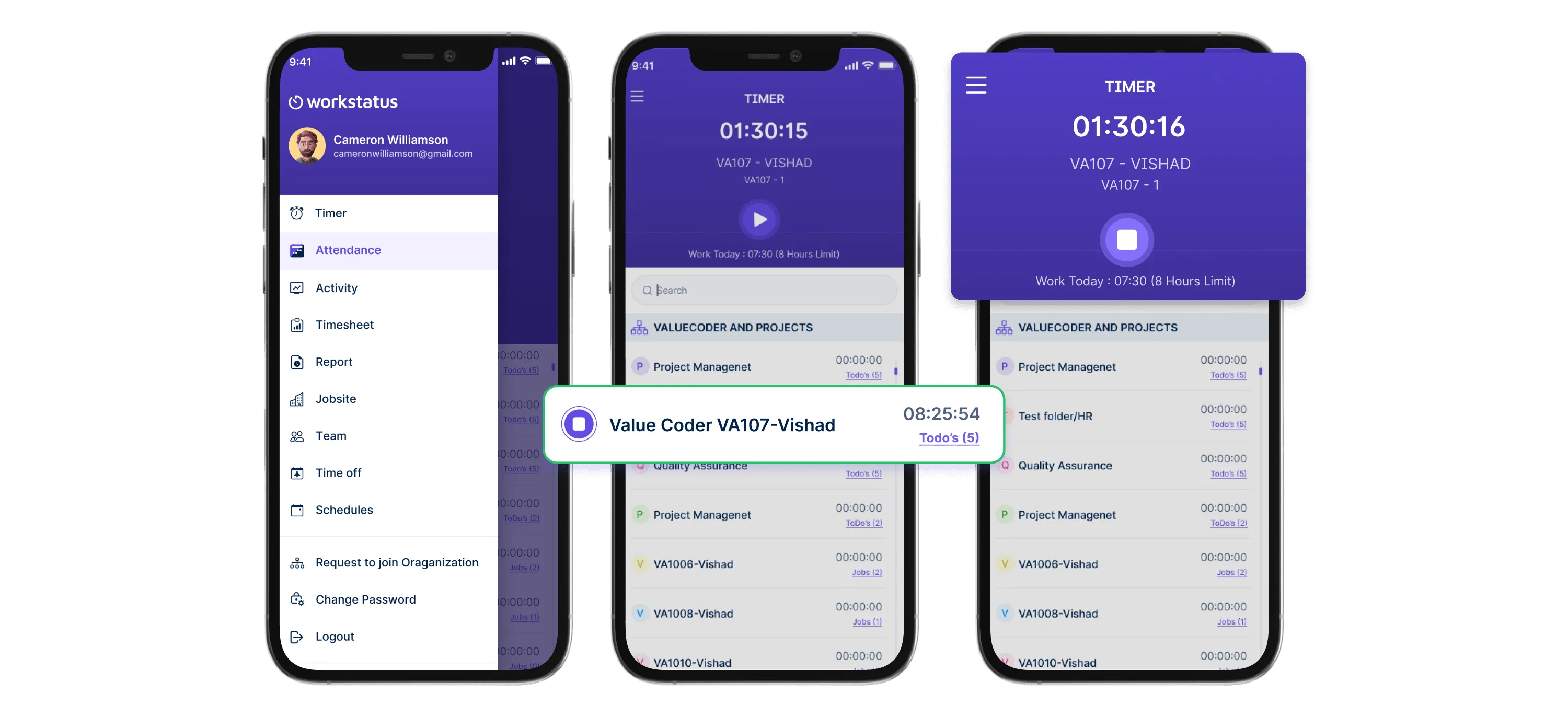
- Mobile Accessibility: Workstatus offers iOS and mobile apps so employers and employees can easily use the program on their smartphones or tablets.
- Remote Monitoring: Managers can monitor employee activities and productivity levels regardless of whether the employees are in the office, at home, or in the field.
- Flexibility: Mobile apps are advantageous for PIP employees since they can keep practicing while on the move.
6. Central Dashboard: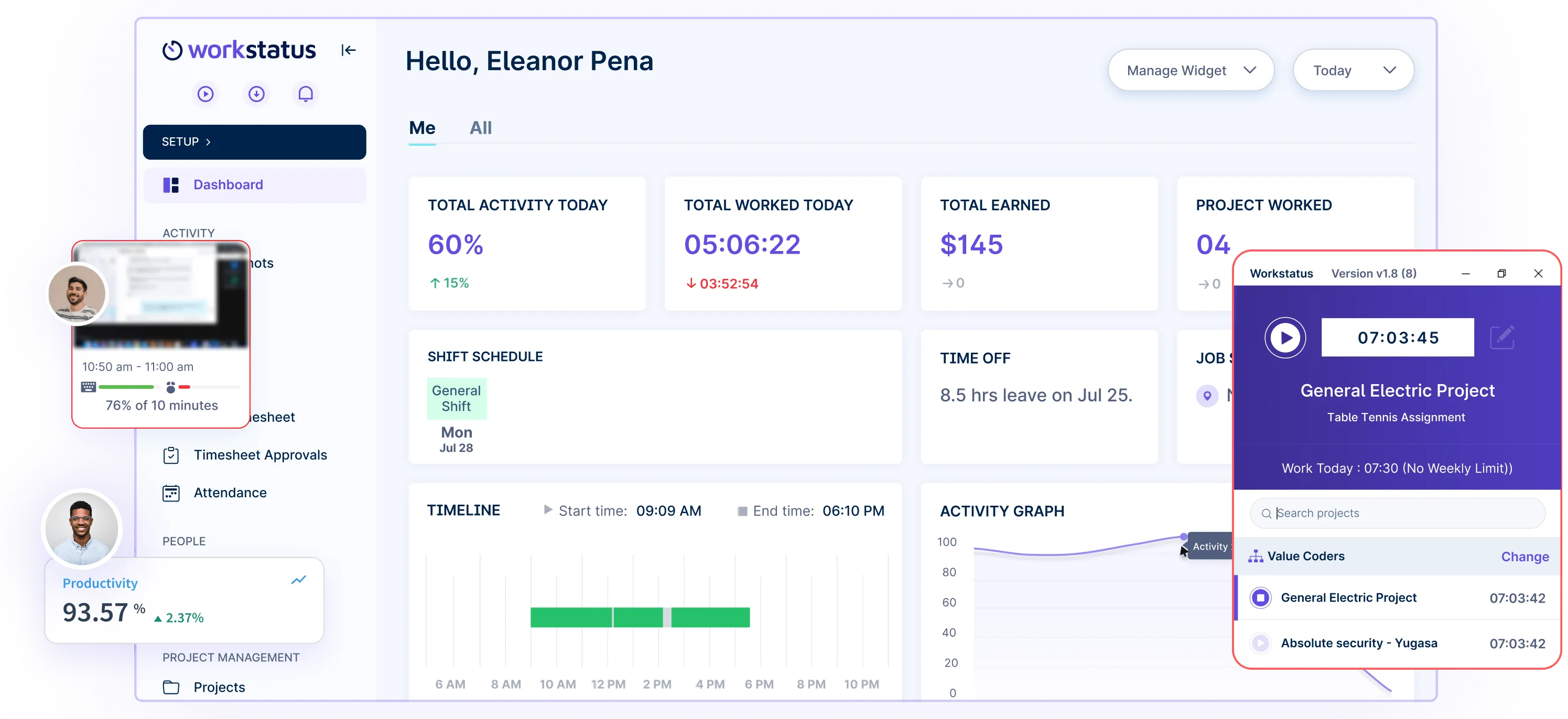
- Data Consolidation: The central workplace data hub is Workstatus’s core go-to place for all employee data, making it extremely possible to follow up on PIP progress and measure performance indicators.
- Real-Time Insights: The central dashboard provides real-time data, so employers can spend some time correcting things if necessary.
- Collaboration: To a certain extent, human resources and their employees can work seamlessly through a specific platform to increase feedback.
7. AI Powered Reports: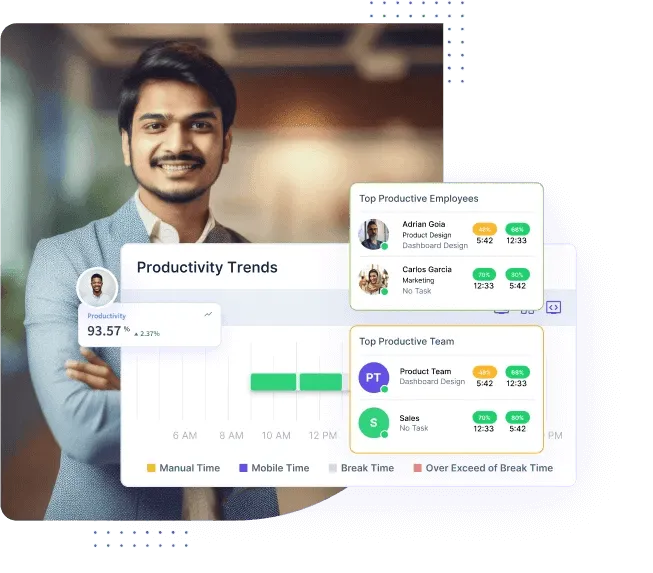
- Data Analysis: Workstatus drives information reports backed by artificial intelligence to study employee information and produce findings.
- Trend Identification: AI can determine whether performance is increasing or decreasing and whether employees require additional training and support.
- Predictive Analytics: The benefits of using AI Reports include the ability to give forecasts, showing how the organization will perform in the future given present improvement trends.
- Collaboration: Employers and employees can interact and provide feedback more effectively as they are united on a single platform to facilitate productivity.
Workstatus is the tool you need.
Get started now with your 7-day free trial here>>
Closing Thoughts
As a manager, finding an effective way to address any problems with an employee’s performance can be daunting. Simple conversations that can point out the issues and desired outcomes rarely prove successful and can leave staff unsure of what action to take next.
An organized performance improvement plan facilitates employees and managers to follow the predetermined criteria, and it simplifies the process of dealing with outcomes when those standards are not fulfilled.











